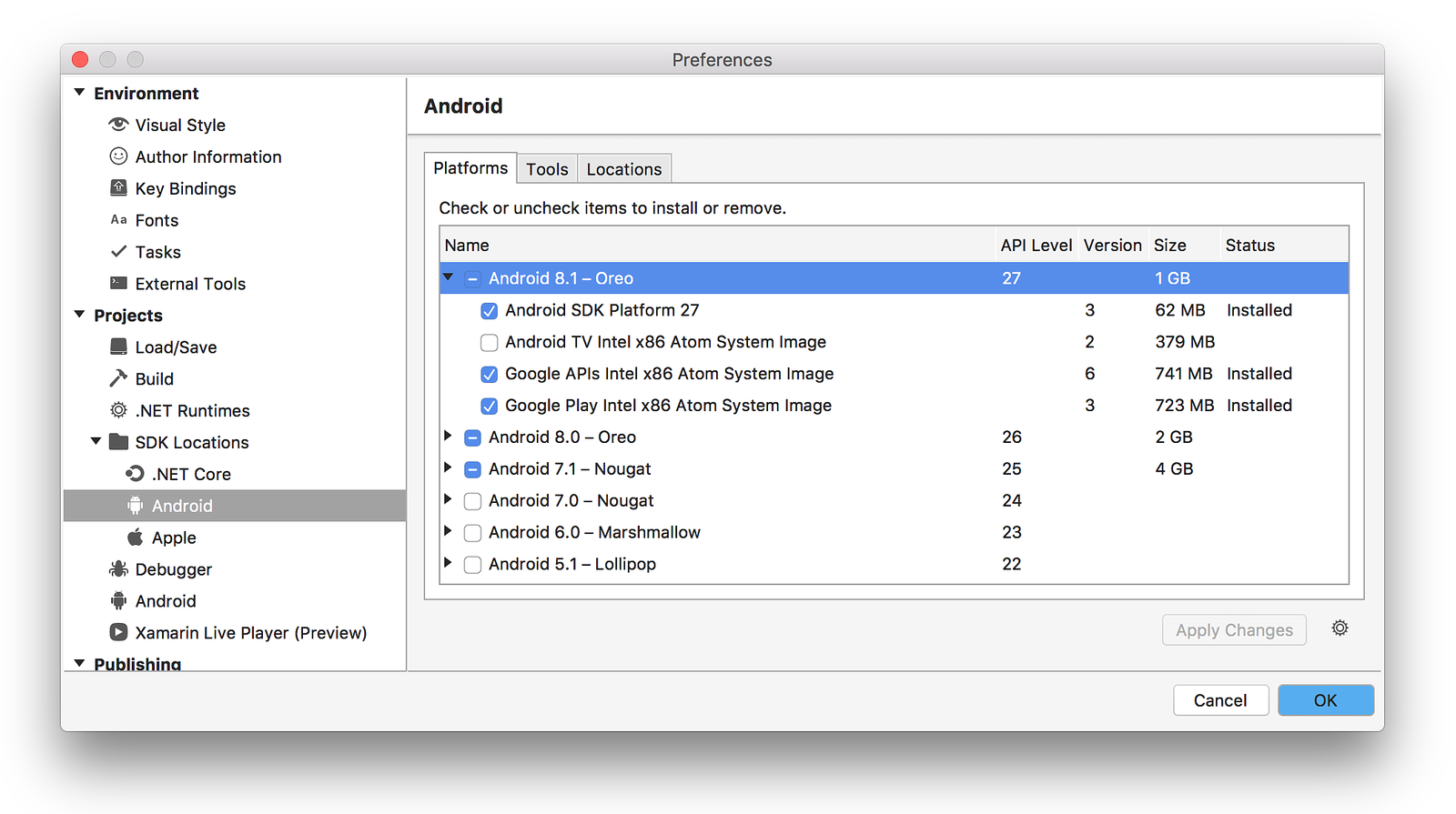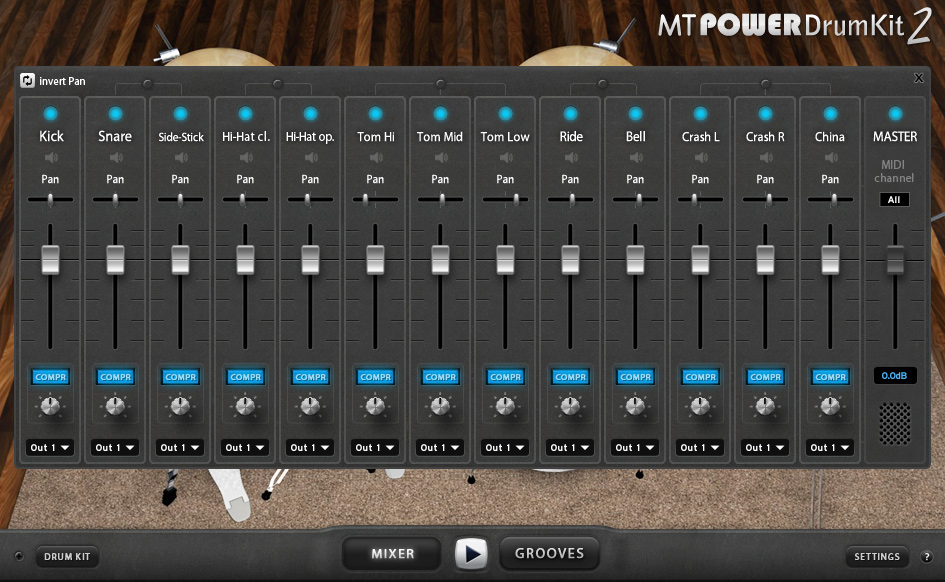Installing Windows PowerShell 2.0 SDK for Windows 7, Vista, XP, Server 2003, and Server 2008 The Windows PowerShell 2.0 SDK provides the reference assemblies needed to write cmdlets, providers, and hosting applications, and it provides C# sample code that can be used as the starting point when you begin writing code. Microsoft Windows 7 Sdk Download Windows 10 Sdk Download The Windows SDK for Windows 7 and.NET Framework 3.5 SP1: RC provides documentation, samples, header files, libraries, and tools designed to help you develop Windows.
-->
This section describes the individual Shell samples included in the Windows Software Development Kit (SDK) and, in most cases, downloadable from the MSDN Code Gallery.
- Windows SDK Locations
- MSDN Code Gallery Locations
- Shell Samples
Windows SDK Locations
When you download and install the Windows 7 SDK, samples are included in that installation. Use of the default SDK installation path results in the samples being placed under C:Program FilesMicrosoft SDKsWindowsv7.0Samples. Using the default installation path, the Shell samples listed below are found in the following folders:
- C:Program FilesMicrosoft SDKsWindowsv7.0SamplesWinUIShellAppPlatform
- C:Program FilesMicrosoft SDKsWindowsv7.0SamplesWinUIShellAppShellIntegration
- C:Program FilesMicrosoft SDKsWindowsv7.0SamplesWinUIShellLegacySamples
- C:Program FilesMicrosoft SDKsWindowsv7.0SamplesWinUIShellShellExtensibility

MSDN Code Gallery Locations
Shell samples can also be individually downloaded through the MSDN Code Gallery. Most Shell samples listed below can be found on the following pages:
Shell Samples
Windows 7.1 Sdk Download
| Topic | Contents |
|---|---|
| Aero Wizards Sample | Demonstrates how to migrate Wizard 97 software to the Aero Wizard. |
| Application User Model ID (AppUserModelID) Window Property Sample | Demonstrates how to control the taskbar grouping behavior of an application's windows through the System.AppUserModel.ID property. |
| Automatic Jump List Sample | Demonstrates how to add items to the automatic Jump List for an application, including switching between the display of the Frequent and Recent categories. |
| Change Notify Watcher Sample | Demonstrates how to listen to Shell change notifications on a folder or item in the Windows Explorer namespace. |
| Common File Dialog Modes Sample | Demonstrates how to use the Common File Dialog in different modes to pick files, containers (folders) or both files and folders (basket mode) without dismissing the dialog. |
| Common File Dialog Sample | Demonstrates how to create a custom file open/save dialog by using different Common File Dialog APIs. |
| CreateProcess Verb Sample | Demonstrates how to implement a Shell verb using the CreateProcess method. |
| Custom Jump List Sample | Demonstrates how to create a custom Jump List for an application, including adding a custom category and tasks. |
| Drag-and-Drop Visuals Sample | Demonstrates how to use the Shell drag-and-drop services to get the presentation features that Shell drag-and-drop supports for both targets and sources. |
| DropTarget Verb Sample | Demonstrates how to implement a Shell verb using the DropTarget method. |
| Execute Command Verb Sample | Demonstrates how to implement a Shell verb using the ExecuteCommand method. |
| Execute In Explorer Sample | Demonstrates how to call the ShellExecute function from the Windows Explorer process. |
| Explorer Browser Custom Contents Sample | Demonstrates how to implement a custom Explorer Browser contol for your application. |
| Explorer Browser Search Sample | Demonstrates how to use the Windows Explorer Browser control to embed Windows Explorer in an application and how to implement search functionality with an in-memory search folder. |
| Explorer Command Verb Sample | Demonstrates how to implement a Shell verb using the ExplorerCommand and ExplorerCommandState methods. |
| Explorer Data Provider Sample | Demonstrates how to implement a Shell namespace extension, including context menu behavior and custom tasks in the browser. |
| File Is In Use Sample | Demonstrates how to customize the File In Use dialog to display additional information and options for files that are currently opened in the application. |
| File Operation Progress Sink | Demonstrates how to use the IFileOperationProgressSink interface methods for monitoring the details of IFileOperation interface actions. |
| File Operations Sample | Demonstrates how to copy, move, delete, and rename file system objects. |
| HomeGroup Sample | Demonstrates how to determine HomeGroup membership status, enumerate top-level items in the HomeGroup Shell folder, and launch the HomeGroup Sharing Wizard. |
| Known Folders Sample | Demonstrates how to define, register, enumerate and find the path for all known folders on the current system. |
| NameSpace Tree Control Sample | Demonstrates how to implement a custom namespace tree control for an application. |
| NonDefaultDropMenuVerb Sample | Demonstrates how to extend the drag-and-drop shortcut menu (sometimes referred to as a context menu). |
| NotificationIcon Sample | Demonstrates how to use the Shell_NotifyIcon and Shell_NotifyIconGetRect APIs to display a notification icon. |
| Parsing With Parameters Sample | Demonstrates how to take advantage of Shell helpers that use the parsing name to interact with items through the Shell programming model. |
| Player Verb Sample | Demonstrates how to create a verb that operates on Shell items and containers which plays items or adds items to a queue. |
| Playlist Creator Sample | Demonstrates how to create a verb that operates on a selected Shell item or container to create a playlist. |
| Recipe Preview Handler Sample | Demonstrates how to write a handler used to display a file preview inside the Windows Explorer preview pane or other preview handler hosts. |
| Recipe Thumbnail Provider Sample | Demonstrates how to create a thumbnail handler by file type and extends Windows Explorer. |
| Search Folder Sample | Demonstrates how to create a search with query constraints using the Shell programming model. |
| Shell Library Backup Sample | Demonstrates how to enumerate libraries as containers. |
| Shell Library Command Line Sample | Demonstrates how to use the IShellLibrary interface to create a command-line application that provides programmatic access for inspecting and manipulating libraries and library files. |
| Shell Storage Sample | Demonstrates how to create files and folders in Shell containers. Also shows how to save to the Shell item that is returned from the file dialog. |
| Sync and Share Verbs | Demonstrates how to register a verb that extends the 'Sync' and 'Share' verbs in the Windows Explorer Command Bar. |
| TabThumbnails Sample | Demonstrates how an application can expose multiple switch targets (as for tabs) on a taskband and how to provide their thumbnails. |
| Taskbar Peripheral Status Sample | Demonstrates taskbar icon overlays and progress bars. |
| Taskbar Thumbnail Toolbar Sample | Demonstrates a thumbnail toolbar, an active toolbar control embedded in a window's thumbnail preview, used to provide access to a window's key commands without making the user restore or activate the application's window. |
| Using Image Factory Sample | Demonstrates how to use the IShellItemImageFactory interface to get the best possible image for an item. |
| Using Thumbnail Providers Sample | Demonstrates how to use the IThumbnailProvider interface to extract the thumbnail for an item from the Windows thumbnail cache system. |
Downloads
Download instructions:

Download the SDK from https://developer.wacom.com/downloads
- login using your Wacom ID
- Select Wacom Device Kit
- Select the link to Download STU SDK for Windows Desktop
SDK Contents


See SDK File: STU-SDK-Windows.zip
| Folder | Description |
|---|---|
| documentation | Contains Getting Started guides for STU-SDK and STU-SigCaptX |
| STU-SDK | WIndows SDK installer Wacom-STU-SDK-.msi Installs components and samples |
| STU-SigCaptX | Windows installers: .msi - installs SigCaptX components .exe - combined installer for STU + SigCaptX +STU driver |
Application Development
Windows 7 or higher.
A driver must be installed to use colour STU tablets (see STU Driver ).
The driver must also be installed for all STU models on Windows 8.1 (to override Enhanced Power Management)
Summary
The Wacom STU SDK provides a comprehensive software interface to the STU series tablets, developed for Windows 7 or higher.Depending of the STU model and the version of Windows, the STU Driver referenced above must be installed.
The main component of the SDK is wgssSTU.dll
32-bit and 64-bit versions are included in the SDK and the 32-bit version is registered by the installer for ActiveX/COM use.
The installer provides Start menu options to access the SDK documentation.
Tvs printer driver for windows 10. Sample source code is provided for C++, C and Java. The COM interface is demonstrated in HTML samples compatible with Internet Explorer.
Installation
Accept the conditions of the End User Agreement displayed by the installer to use the product.
Use the 'Advanced' button to change the default installation folder.
API Documentation
The STU SDK installer provides 'Start' menu options to access the SDK documentation.These are on the Start screen under 'Wacom STU SDK'.
The documents include:
- C reference manual at Wacom STU SDKCdocindex.html
- C++ reference manual at Wacom STU SDKcppdocindex.html
- COM reference manual at Wacom STU SDKCOMdocindex.html
- Java reference manual at Wacom STU SDKJavadocindex.html
- Getting started overview at Wacom STU SDKdocGettingStarted.html
Windows 10 Sdk Download
In a default installation the SDK folder will be found in C:Program Files (x86)Wacom STU SDK. Pc all in one adj 24 pollicifasrers.
